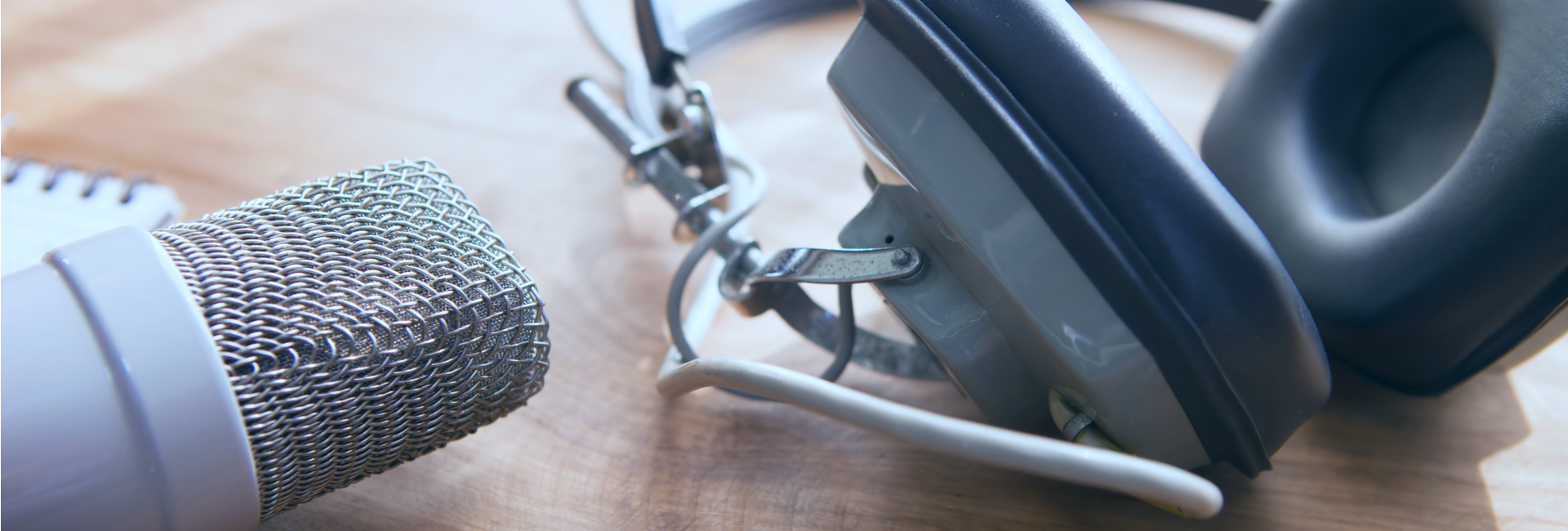Episode 125 | Just Skeletal Remains Identification
In episode two of the 2020 R&D Season, Just Science interviews Dr. Heather Garvin, Associate Professor of Anatomy at Des Moines University, about her work with OSTEOID, an online resource for species identification of skeletal remains.
Approximately 30-40% of cases involving skeletal remains received by forensic anthropologists end up being animal bones. Forensic anthropologists can use their expert knowledge to quickly determine if the remains are human. Dr. Garvin and her team are working on a free, practical, and user-friendly online tool to help forensic anthropologists, death investigators, crime scene personnel, and law enforcement identify the species of skeletal remains. Tune in as she discusses being a forensic anthropologist, the driving need behind OSTEOID, and her work cataloging bone specimens for this project.
This episode of Just Science is funded by the National Institute of Justice’s Forensic Technology Center of Excellence [Award 2016-MU-BX-K110].
You can also find us on Stitcher or Soundcloud
Dr. Garvin is currently an Associate Professor of Anatomy at Des Moines University, where she teaches medical students, continues her human skeletal research, and conducts forensic anthropology cases for the State of Iowa. Dr. Garvin began her journey in forensic anthropology as an undergraduate volunteer at the C.A. Pound Human Identification Laboratory at the University of Florida. Graduating with a B.A. in Anthropology, and B.S. in Zoology, she then earned a M.S. in Forensic and Biological Anthropology from Mercyhurst College and completed a PhD in Functional Anatomy and Evolution from Johns Hopkins University School of Medicine. From 2012-2017, she taught undergraduate and graduate students in Forensic Anthropology at Mercyhurst University, and was heavily involved in casework and research. Dr. Garvin became a Diplomate of the American Board of Forensic Anthropology in 2017 and has served on the Editorial Board for the Journal of Forensic Sciences since 2015. Her research interests include forensic anthropological methods, human skeletal variation, functional morphology, 3D scanning and geometric morphometrics. She has more than 30 publications and 50 national presentations related to this research and is a Fellow in the American Academy of Forensic Sciences and a Member of the American Association of Physical Anthropology.



